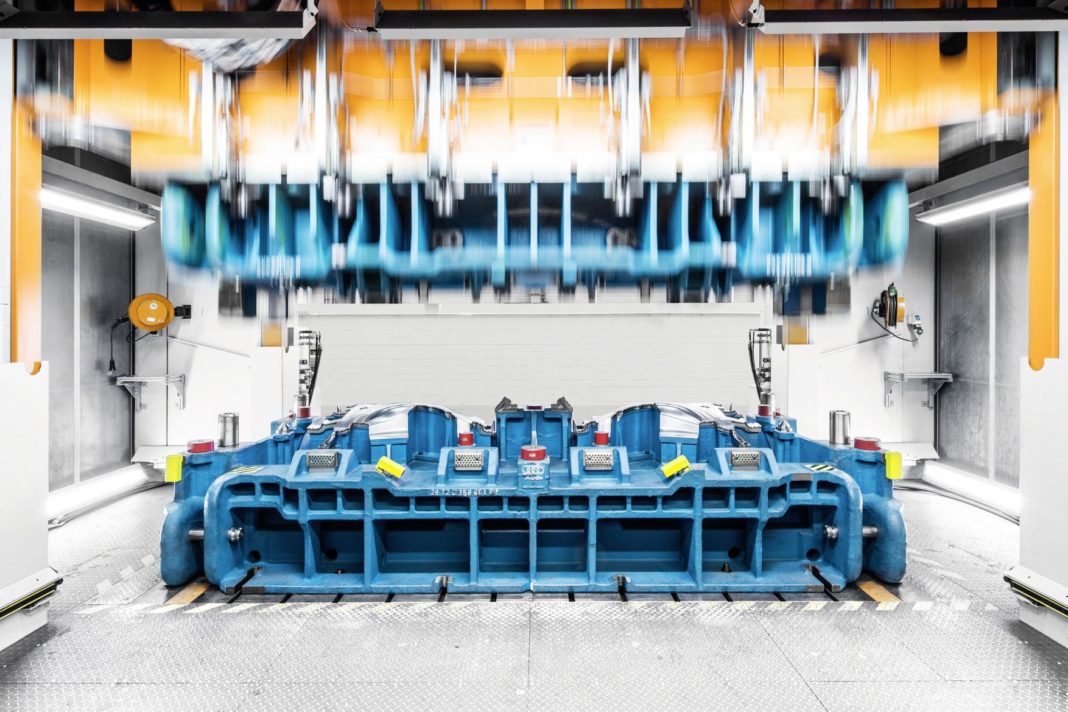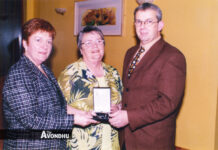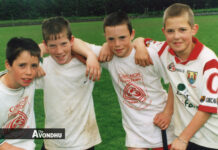Audi Toolmaking is racing into the future. The company’s tooling specialists have now passed an important milestone. They have developed a new, highly efficient generation of tools that is up to 20% lighter and 10% more stable than the previous generation.
This has been made possible by lightweight and composite construction methods that are used in car body construction. The new tools are already being used in the press shop in Ingolstadt.
The new tools are up to eight tons lighter than conventional tools, which are made completely of cast iron and weigh up to 45 tons. The lower weight is primarily due to an ideal mix and distribution of the materials cast iron, aluminium and plastics.
The composite construction concept is a feature of Audi’s lightweight construction in automobile engineering and is now also used in toolmaking. It follows the principle of the right material in the right place in the right quantity. An important role is played by innovative manufacturing methods such as metallic 3D printing.
“With this lightweight and composite construction, we are setting new standards at Audi Toolmaking.”
The new tools allow faster, more precise processing of sheet metal, are subject to less wear and tear, and are significantly more stable despite their reduced weight. In total, Audi has achieved an energy saving of over 10 percent through the use of the new tools.
“With this lightweight and composite construction, we are setting new standards at Audi Toolmaking,” stated Michael Breme, Head of Toolmaking at AUDI AG. “This enables us to produce even more flexible and more efficient tools with the highest quality and to further optimise our manufacturing processes.”
In addition to the materials used, a difference is also made by the construction of the new generation of tools, which differs fundamentally from that of their predecessors. In the press, a tool is subjected to enormous forces of up to 2,500 tons. The stress is increased by the constant repetition of forming or cutting operations.
Individually adapted arched shapes in the basic structure give the new tools optimal stability and thus improve the transmission of forces. The basic structure of a conventional tool relies on cast‑iron cross‑ribbing whereby the design of the ribs is adapted to the sheet metal parts being produced.
With the new tool generation, the forces that have to be absorbed by the structure of the forming press are optimally distributed. This ensures good stiffness and also saves up to 20 percent of the material. Some of the tools’ shapes are derived from nature and resemble leaves or the bones of a human skeleton for example.
Once again, innovative manufacturing processes play a decisive role in the manufacturing of such “bionic shapes”.
Video material on this topic can be found on:
https://www.audi-mediacenter.com/en/audimediatv/1623









